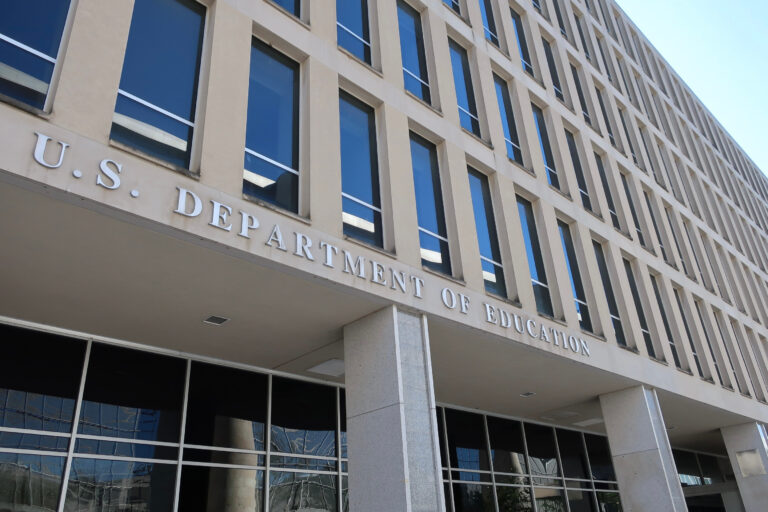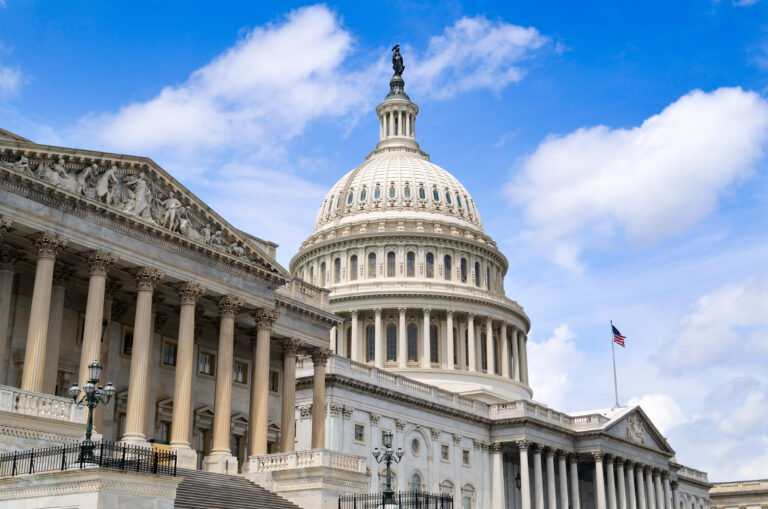On Wednesday, the U.S. Department of Education (ED) published the final Gainful Employment rule for higher education, marking yet another milestone in the 14 year saga of this policy debate. The rule, which is targeted at for-profit institutions and non-degree programs, changed minimally from the version proposed earlier this year, despite ED receiving more than 7,400 comments suggesting modifications. In fact, most of the 775 page final rule contains ED’s responses to public comments, explaining why many changes were not made from the earlier proposed version. The final rule was released as the likelihood of a government shut down grows–adding urgency to a process that needed to be finalized by November 1st, in order to go into effect next calendar year.
What’s in the latest version of the rule?
The final rule has two elements. First, the new rule addresses how for-profit institutions and non-degree programs should be held accountable for ensuring graduates reach ‘gainful employment’. All programs at for-profit institutions and short-term programs offered by any provider (regardless of tax status) will face two separate tests. If the program fails the same test twice in a three year-period, the program will lose access to federal financial aid. The two tests are:
- A debt to earnings test, which requires graduates’ debt payments to be no more than 8% of annual earnings or 20% of discretionary earnings.
- A new, earnings test that compares graduates’ earnings against earnings for the median high school graduate in that state.
- Note: Many public comments (including some from left leaning think tanks such as Third Way) proposed exemptions or alternative measures for lower-income regions in states in which learners may not have access to higher wage jobs. Other organizations such as Higher Learning Advocates, noted the new test fails to address wage disparities based on “race, ethnicity, gender, and part-time work.”
The stakes are high.
ED projects that 1,700 programs would fail at least one of the two tests, impacting nearly 700,000 learners, which is nearly a quarter of all learners enrolled in programs impacted by the rule.
New Financial Value Transparency Framework
In addition to the Gainful Employment tests, the rule includes the creation of a public “financial value transparency’’ framework–a new provision that applies to all colleges and universities, regardless of tax status. The framework will provide learners with information about costs, aid, loan burden, earnings of completers, and licensing requirements. Incoming students will have to acknowledge they have seen the program’s information before they can enroll. However, and interestingly, ED chose to limit acknowledgement requirements to learners enrolling only in graduate programs. Some speculate this is in part aimed at helping prospective graduate students identify high debt/low-return graduate programs, some of which have generated significant attention given their relationships with online program managers (OPMs). While OPM programs could be a covert target of the new rule, this action by ED could also be foreshadowing separate policymaking as the agency determines next steps with their paused Dear Colleague Letter to regulate Third Party Servicers.
What’s the timeline?
The new Gainful Employment rule becomes effective on July 1, 2024, and the first official data for the two Gainful Employment tests is expected to be released in early 2025. If you’re following the time horizon, that means the first programs that potentially become ineligible for federal financial aid would be made public after the 2026 data release.
The financial value transparency data reporting requirements for all graduate programs is expected to start in 2024, and requirements that learners acknowledge they viewed the information would begin in 2026.
Our take on what’s next
The see-saw history of the Gainful Employment rule provides a roadmap for what is likely to be the future. Just as in the past, it’s highly likely there will be legal challenges to the new rule. The Biden Administration’s postsecondary regulations have already been subject to this tactic, as a lawsuit earlier this year put a hold on the implementation of ED’s new Borrower Defense rules. We expect this will end up in the courts, which will decide whether the rule will ultimately go into effect.




